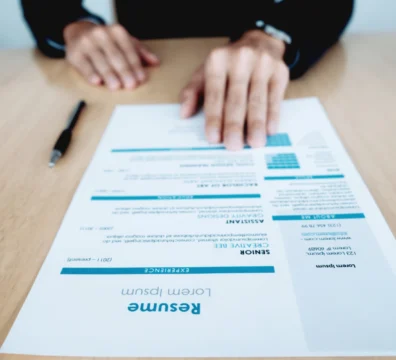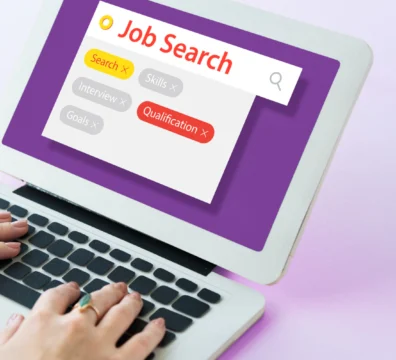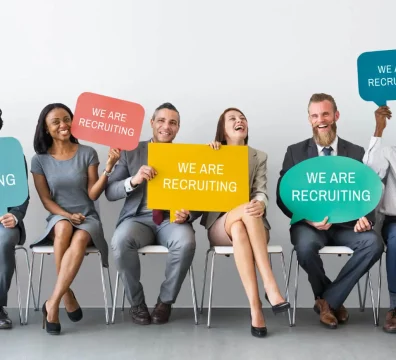Have you ever considered how much the world has changed over the past century? Back in the 1970s, having a PC was a rare luxury if you worked in an office. But fast forward to the 2000s, and it became almost impossible to do your job without one.
All these changes can be overwhelming, especially in the workplace. That’s where the human resources (HR) department steps in. They’re responsible for managing the well-being of employees and the company.
In times of crisis, who do you think is the first department called upon? It’s usually HR. Yet, they often don’t get the credit they deserve for a company’s success. Despite this, HR plays a crucial role in ensuring employee and business success. They’re employees’ first point of contact when they join the company and often the last one, too.
So, in this article, we’ll look into the evolution of human resource management (HRM) and its impact on how we work.
Functions and Evolution of Human Resource Management
The evolution of human resource management has come a long way from its traditional roots of administrative tasks to becoming a strategic function crucial for organisational success.
So, let’s look into the functions of human resource management:
Transition to Human Resource Management
The evolution of human resource management has changed things in many ways. Earlier, HRM was more about handling paperwork and compliance. However, as businesses realised the need to align their people with long-term goals, the evolution of human resource management began.
It shifted from merely managing people to strategically developing and using human resources for organisational growth. Therefore, HRM professionals had to adapt and become strategic partners rather than just administrators in decision-making.
Strategic HRM
The strategic evolution of human resource management aims to align HR practices with the organisation’s broader goals. It’s all about blending HR strategies with long-term objectives to gain a competitive edge.
The goal? A talented, motivated workforce that drives organisational success. The strategic evolution of human resource management focuses on engaging employees, managing talent, and proactive planning. By linking HR practices with strategic goals, organisations can use their people to achieve lasting competitive advantages.
Technology and HRM
Technology plays a significant role in the evolution of human resource management. From simplifying processes to improving decision-making, technology has changed the game. Think human resource information systems (HRIS) and applicant tracking systems (ATS).
These tools automate administrative tasks, making recruitment and performance management more efficient. Besides, with technology, HR can gather and analyse vast amounts of data, offering insights for talent management and strategic planning.
Eventually, it enables businesses to simplify HR processes and adopt a data-driven approach to managing their workforce.
How Many Stages are there in the Evolution of HRM?
Since the dawn of the Industrial Age, HR departments have come a long way, from simple record-keeping to becoming strategic organisational partners.
So, let’s look into the four main stages in the evolution and development of HRM:
Industrial Revolution
During the Industrial Age, HR was only about caring for workers’ welfare, like wages and leaves. Back then, factories needed lots of workers fast, so they hired and trained them quickly. But the conditions were harsh – think 16-hour workdays, seven days a week.
Eventually, factory owners realised that happy workers are productive workers. This led to programs to meet workers’ basic needs and government regulations on working conditions, sparking the need for the evolution of human resource planning.
Period of Trade Unionism
As government regulations and labour unions grew, personnel departments were born. From around 1900 to the 1960s, this period was all about HR being more admin-focused.
They tracked records, managed talent, and ensured workplace safety. It was also about applying scientific principles, like Frederick Taylor’s idea of simplifying jobs for better productivity.
Behavioural Perspective
In the late 20th century, the term “human resources” became popular. HRM shifted focus, realising that employees are motivated by more than just money. Theories from behavioural scientists like Maslow and McGregor showed that needs like achievement and self-actualisation mattered, too.
Besides, keeping talented workers happy became a priority, with the economy becoming more service-oriented. HR began suggesting changes like better work environments and more social communities.
Strategic Human Resources
Today’s HR is all about strategy. HR managers aren’t just admin; they’re part of the senior management team, shaping the company’s overall business strategy. They work closely with other departments to align employee and company goals and encourage creativity and innovation. Plus, they provide crucial advice on corporate culture during mergers or when hiring a diverse workforce.
So, from taking care of apprentice welfare to being strategic partners in business growth, the evolution of HR function has come a long way, adapting to the needs of the times and the workforce.
Future Trends of Human Resource Management
In the coming years, the evolution of human resource management is set to undergo some significant changes.
Remote-first Workforce
Firstly, with more people working remotely, HRM will need to find ways to ensure effective virtual collaboration. This means developing communication and performance management strategies in a remote work environment.
Prioritsing Employee Wellbeing
Secondly, with the evolution of human resource planning, there will be a continued focus on employee wellbeing and work-life balance. HRM will need to adopt policies and programs that support mental health, flexibility, and integration between work and personal life.
Technology Will Be At The Forefront
Thirdly, technology will play a bigger role in the evolution and development of HRM. We’ll see more use of AI, automation, and data analytics to simplify HR processes and make better decisions.
DEI Measures Will Be Strictly Followed
And finally, diversity and inclusion will remain a top priority for HRM. They will continue leading initiatives to create workplaces that value people from all backgrounds and perspectives.
So, as we examine the functions and evolution of human resource management, the future holds many changes to be made. Adapting to future trends in HRM is important to meet the changing needs of the workforce.
How 6 Pence Helps
As we conclude our exploration of the evolution of human resource management, it’s clear that HRM has come a long way from its origins as a purely administrative function. By understanding the past, we can better prepare for the future of HRM and continue to evolve in response to the changing needs of the workplace.
If you are struggling to meet the demands of modern HRM and staffing needs, then worry not! 6 Pence has almost two decades of experience in helping businesses in Oman, Iraq, Bahrain, and Dubai find the right candidates for their organisation. Our job doesn’t just end with the onboarding; we will also assist with payroll processing, work visas, paperwork verification, and other HR-related work.
To know more, connect with us today!
Frequently Asked Questions
Q1. What is the concept and evolution of HRD?
Ans: HRD has existed since the 18th century, starting with apprentice training. Initially, HRM was about keeping records; then, it moved to managing labour agreements. Over time, it became more scientific, systematically selecting, training, and compensating employees.
Now, the concept has evolved to see employees as valuable resources and opportunities for growth. In the last couple of decades, HRD has gained importance in management, emphasising the development of human potential within organisations.
Q2. What is the difference between old HR and new HR?
Ans: In the old days, HR was all about strict job descriptions and promotions based mainly on time served and performance reviews. But now, things have shifted. New HR is more flexible, with fewer rigid rules. It focuses on empowering employees, offering broader job roles where creativity and initiative shine.
Q3. What are the 5 roles of HR?
Ans: Here are the 5 roles of HR:
- HR looks for new talent through ads, online platforms, and agencies. They interview candidates and negotiate job offers.
- HR creates job descriptions, determining the skills needed for each position and how teams will work together.
- They plan company events and schedules, ensuring smooth operations.
- HR helps new hires settle in by providing training and guiding them through company policies.
- They create and update rules and regulations, ensuring everyone understands and follows them.




































































































